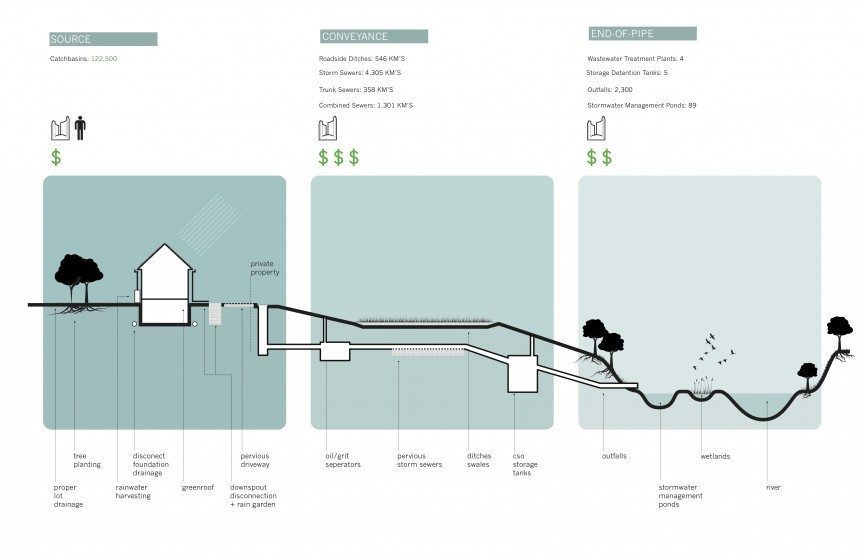In this article, we see political leaders from right across the globe including developing countries such as Ethiopia and Mexico voice their reflections on the Paris Agreement and the inevitability of implementing (or for some increasing) a tax on carbon to combat carbon emissions.
Why is it that these developing countries, with much greater concerns than we have in the first world, are taking the necessary steps to combat global warming while Australia is still sitting on the fence and not pulling our own act together on this issue?
Is it because, as a country with a small population, we have a relatively minor contribution to global greenhouse gas emissions and thus think our impact is significant enough to warrant action? Or that we should be exempt? Is it because we still don't believe in climate change? Or is it because we're so strongly dominated by business that we let them run the show and are so concerned for their electoral vote that we refuse to force them to be accountable for their actions?
Maybe carbon tax is not the answer.
As a coach long before I ever studied the Built Environment
or Sustainability, I’ve had a lot of experience in understanding what motivates
people. One of the most important principles I’ve learnt in training people to
do the right thing, is that incentives are a far more powerful motive than
punishment. This is a well-known concept for trainers.
I cannot see, then, why this wouldn’t translate into
business. Surely businesses, which are run by people, are far more driven to do
the right thing when motivated by incentives rather than punishment. That is
why I do not believe the Carbon Tax to be the answer. I do not believe it’s
entirely without its place, in fact, it may be essential. But it is not
comprehensive. Businesses need to be incentivised to learn to do the right
thing. Instead of only taxing them heavily when they do the wrong thing (i.e.
emit excessive levels of CO2), we should reward them when they do the right
thing. We should promote sustainable energy initiatives of companies with an
incentive program.
The biggest argument against the Carbon tax in
Australia is the secondary impacts it has upon citizens. Where the cost of
energy to users was increased significantly to offset the cost to companies. An
incentive program would not present the same issues to households.
This seems to be realised by the president of Mexico, where clean energy certificates were introduced in conjunction with carbon taxing to incentivise businesses to do the right thing.
Another extremely important viewpoint realised in this article is that of Mayor Eduardo Paes of Rio de Janiero who puts the responsibilities for climate change action back on the cities as the source of 70% of emissions. Rather than tackling climate change at the federal level, reducing the issue to a much more manageable level allows greenhouse gas emissions to be tackled at the source and not generalised, accommodating and recognising the unique attributes of the city and its inhabitants that contribute to the issue. Below is pictured a Global Climate March event in Rio de Janiero on the 29th November 2015, one of the thousands held in the lead up to the 2015 United Nations Climate Chnage Conference in Paris.

Image: Adelaide Silva, M 2015, Rio de Janeiro, Brazil, 29 November 2015, accessed from Alamy on 28 April 2016, <http://www.alamy.com/stock-photo-rio-de-janeiro-brazil-29th-november-2015-global-climate-march-event-90641797.html>.
Reference: The World Bank 2016, 'Leaders Set Landmark Global Goals for Pricing Carbon Pollution', The World Bank, 21 April 2016, accessed 28 April 2016, <http://www.worldbank.org/en/news/press-release/2016/04/21/leaders-set-landmark-global-goals-for-pricing-carbon-pollution>.







